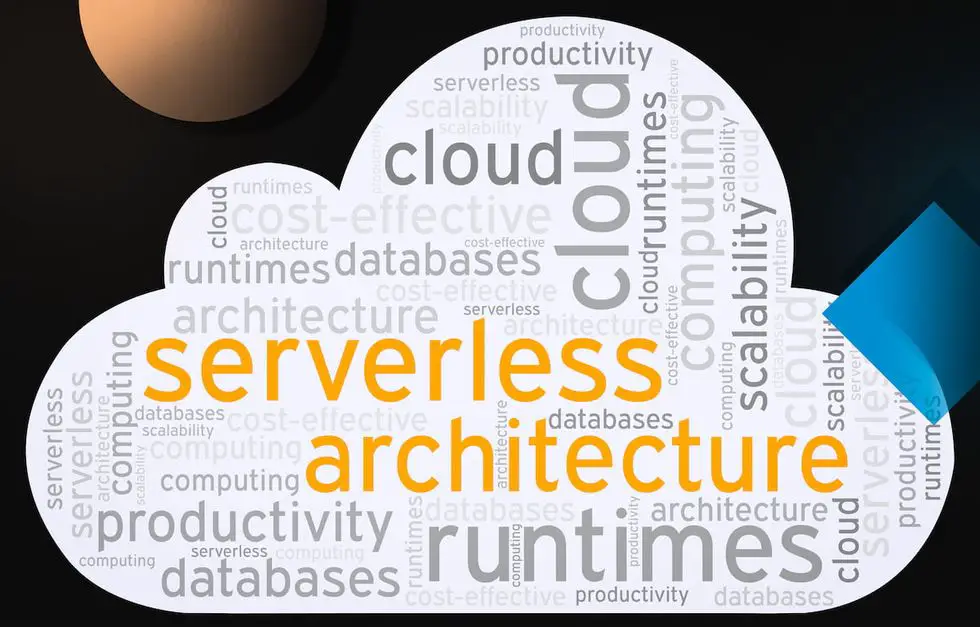Serverless Architecture: Understanding The Basics And Benefits

Executive Summary

Serverless architecture is a cloud computing model in which the cloud provider dynamically manages the allocation and provisioning of servers and resources. This eliminates the need for businesses to procure and maintain their own physical servers, resulting in significant cost savings, improved scalability, and faster time to market.

Introduction
Serverless architecture has emerged as a transformative technology, empowering businesses to develop and deploy applications with unprecedented efficiency and flexibility. This article provides a comprehensive overview of serverless architecture, exploring its core concepts, benefits, key subtopics, and practical applications.
Subtopic 1: Function as a Service (FaaS)
FaaS is the foundation of serverless architecture. It allows developers to create and execute code in response to specific events or triggers without managing the underlying infrastructure.
- Key Points:
- Event-driven execution model
- Pay-as-you-go pricing based on execution time
- Focus on rapid application development
- Examples: AWS Lambda, Azure Functions, Google Cloud Functions
Subtopic 2: Backend as a Service (BaaS)
BaaS platforms provide ready-to-use cloud-based services, such as databases, storage, and authentication, that can be seamlessly integrated into serverless applications.
- Key Points:
- Pre-built and managed services
- No infrastructure setup or maintenance required
- Streamlined development process
- Examples: Firebase, Parse, AWS Amplify
Subtopic 3: Serverless APIs
Serverless APIs enable developers to create and manage APIs without managing servers. They provide fast and flexible mechanisms for data access and communication between applications.
- Key Points:
- Support for multiple protocols (REST, GraphQL, etc.)
- Automated API documentation and versioning
- Scalability and load balancing
- Examples: AWS API Gateway, Azure API Management, Google Cloud Endpoints
Subtopic 4: Event-Driven Architecture
Serverless architecture heavily relies on event-driven architecture, where applications respond to specific events or triggers, such as user actions, data updates, or cloud notifications.
- Key Points:
- Decoupling of components
- Support for asynchronous operations
- Improved resilience and fault tolerance
- Examples: EventBridge, Pub/Sub, Amazon SNS
Subtopic 5: Containerization
Containers are lightweight and isolated environments that package application code and dependencies. They play a crucial role in serverless architecture, providing portability and consistency across different cloud environments.
- Key Points:
- Standardization of application deployment
- Reduced startup time
- Improved resource utilization
- Examples: Docker, Kubernetes, OpenShift
Conclusion
Serverless architecture has revolutionized the way businesses develop and deploy applications. By eliminating server management, it enables organizations to focus on building high-quality software, reduce costs, and respond to market demands with unprecedented agility. As serverless technology continues to mature, we can expect even more innovative and groundbreaking applications in the future.
Keyword Phrase Tags
- Serverless architecture
- Function as a Service
- Backend as a Service
- Event-driven architecture
- Containerization

This article provides a comprehensive overview of serverless architecture, making it accessible for both beginners and experts. The benefits are well-explained, with practical examples to illustrate their impact.
While the article covers the basics, it fails to delve into the challenges and limitations of serverless architecture. A more balanced approach would have provided a more comprehensive understanding.
Serverless architecture is undeniably revolutionizing the way we develop and deploy applications. The cost benefits and scalability are game-changers. However, understanding the pricing models can be tricky. A detailed analysis of pricing strategies would enhance the article.
The article claims that serverless architecture eliminates the need for infrastructure management. However, this is not entirely accurate. Developers still need to manage the underlying infrastructure, albeit at a higher level of abstraction.
Oh, the irony! An article on serverless architecture that requires an army of servers to load. Perhaps the author should consider practicing what they preach.
Serverless architecture? More like server-less fun! It’s like the ultimate game of hide-and-seek for your code. Except, instead of searching under beds, you’re searching for your functions in the cloud.
This article has given me the confidence to dive into serverless architecture. The benefits are too good to ignore, and the examples have made the concepts crystal clear. Thank you!
The article mentions the benefits of reduced operational costs with serverless architecture. But what about the costs associated with vendor lock-in and potential performance issues?
Serverless architecture has opened up new possibilities for developers. However, it’s important to remember that it’s not a one-size-fits-all solution. Understanding the trade-offs and choosing the right use cases is crucial.
The article presents a strong case for serverless architecture. However, it would be more compelling if it included real-world examples of successful serverless applications in various industries.
Serverless architecture: The future of cloud computing? Or just a clever marketing ploy to get us to give up our precious servers?
I can’t help but picture a serverless architecture as a giant game of Jenga. Every time you deploy a function, it’s like pulling out a block. And if you’re not careful, the whole thing could come crashing down.
Serverless architecture has the potential to revolutionize the way we develop and deploy software. But it’s still a relatively new technology, and there are many challenges that need to be overcome before it becomes widely adopted.